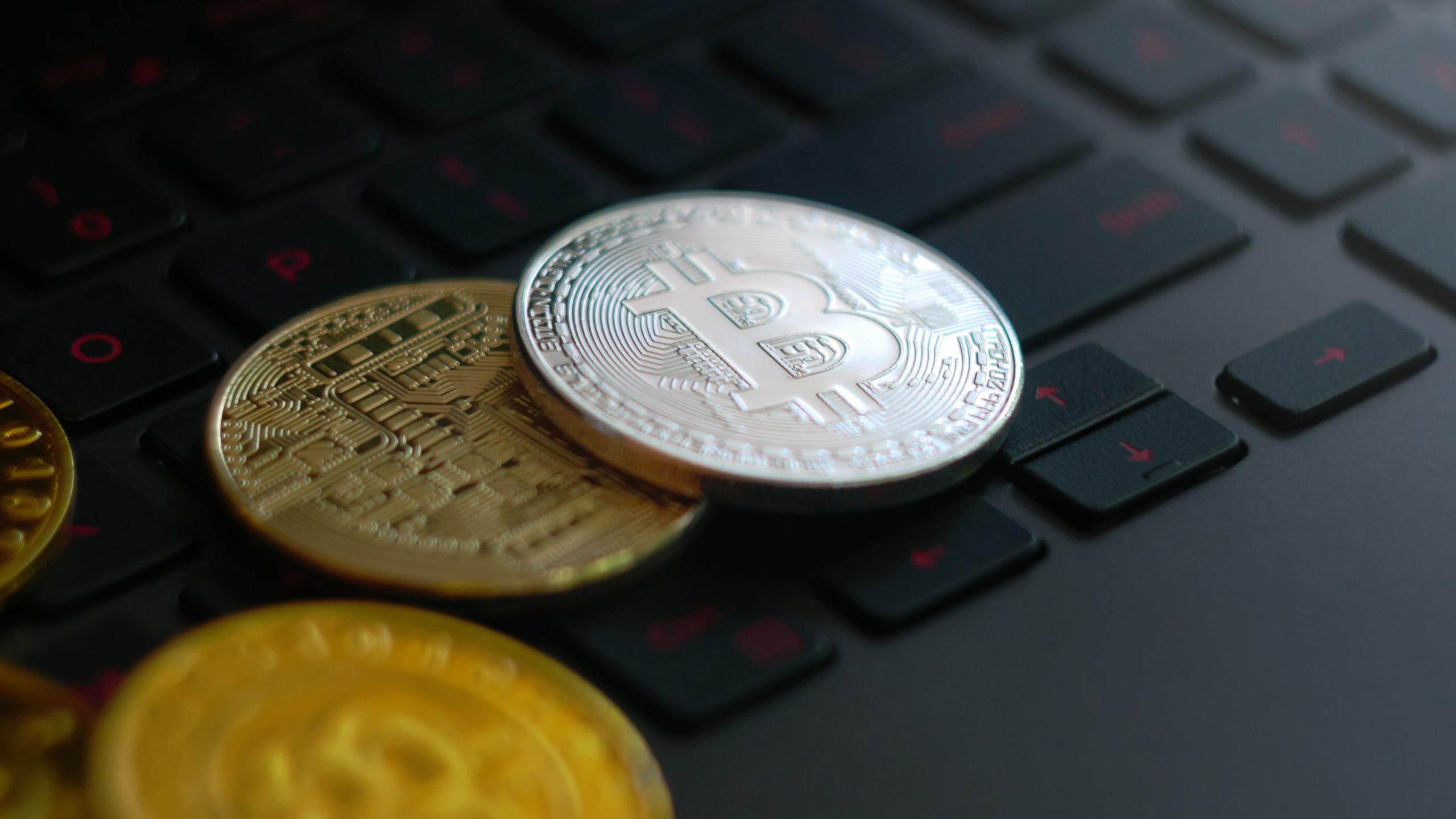Cryptocurrency was once seen as a fringe movement—a digital rebellion against banks and traditional finance. Now, it’s a multi-trillion-dollar beast that commands global attention, headlines, and bank accounts. But as fortunes rise and fall by the hour, there’s a darker side to this digital gold rush.
Beneath the technology and innovation lies a psychological minefield that traps people in cycles of obsession, euphoria, anxiety, and even despair. Crypto addiction is real, and it’s often powered not just by the coins themselves but by deeply ingrained mental traps.
1. The Dopamine Rollercoaster
The thrill of checking a crypto wallet and seeing it spike by double digits is intoxicating. That rush of excitement is driven by dopamine, the brain’s reward chemical, which kicks in whenever a user experiences pleasure or anticipation.
Over time, crypto traders start to chase that feeling, refreshing price charts and news feeds like addicts pulling a slot machine lever. The highs are incredibly potent, but the crashes are equally devastating—yet somehow that emotional volatility becomes a cycle they can’t escape. This rollercoaster effect makes stepping away feel like giving up an identity, not just an investment.
2. The Illusion of Control
Crypto markets operate 24/7, unlike traditional stock exchanges, and that constant accessibility feeds a dangerous illusion. Traders begin to believe they can time the market perfectly, catch every pump, and avoid every dump—despite overwhelming evidence that markets are chaotic and unpredictable. This belief gives a false sense of mastery, encouraging excessive trades and risky bets based on gut feelings or Twitter rumors. When trades go right, it reinforces the illusion; when they go wrong, the belief is that the next move will be smarter. It’s a trap that feeds both ego and denial.
3. Fear of Missing Out (FOMO)
FOMO is a powerful emotional trigger, especially in a fast-moving space where fortunes can seemingly be made overnight. Seeing headlines about people turning a few hundred dollars into millions creates a constant sense of urgency and anxiety. Crypto addicts begin to believe that if they’re not in every new coin or trend, they’re losing out on life-changing wealth. This leads to irrational decisions, jumping into projects without research, or holding onto worthless tokens just because “the next pump” might be coming. FOMO overrides logic, turning trading into a frantic race rather than a thoughtful strategy.
4. Sunk Cost Fallacy
Walking away becomes increasingly difficult once someone has invested money, time, and emotional energy into crypto. The sunk cost fallacy convinces them that leaving now would mean all past efforts were wasted, even if continuing only leads to further losses. Traders cling to bad positions, hoping they’ll rebound, because admitting a mistake feels more painful than enduring more decline. This trap is especially potent in the world of altcoins and meme tokens, where communities rally around hope rather than fundamentals. It’s a mental quicksand that deepens with every passing day.
5. Echo Chambers and Confirmation Bias
Crypto communities thrive on platforms like Reddit, Discord, and X, where like-minded individuals reinforce each other’s beliefs. This creates echo chambers where dissenting opinions are drowned out and only positive news is shared and celebrated. As a result, traders begin to see their views as facts, ignoring red flags or warnings from outsiders. Confirmation bias kicks in, making people seek out information that aligns with what they already want to believe. This intellectual isolation keeps addicts in a loop of overconfidence and poor decision-making.
6. Gambler’s Fallacy
Many crypto traders start to believe that past events influence future outcomes in ways that aren’t statistically sound. After a series of losses, they convince themselves a win must be coming soon, just as gamblers at a roulette table might expect red after a long run of black. This faulty logic fuels risky trades, even when the odds are stacked against them. It also contributes to revenge trading, where individuals throw more money in just to “make back” what they lost. It’s a dangerous mindset that rarely ends in recovery.
7. Identity Attachment
Over time, crypto stops being just an investment—it becomes a core part of a person’s identity. They start to define themselves by the tokens they hold, the communities they’re part of, or the market knowledge they possess. When prices drop, it doesn’t just hurt financially—it feels like a personal failure or public embarrassment. This level of attachment makes objective decision-making nearly impossible because every trade feels like a reflection of self-worth. Walking away feels like abandoning a belief system, not just liquidating a portfolio.
8. The Myth of the Next Big Thing
Crypto culture thrives on the idea that the next Bitcoin or Ethereum is always just around the corner. This belief drives a constant hunt for the newest project, the most promising whitepaper, or the trendiest utility token. In reality, the vast majority of new tokens fail, disappear, or turn out to be scams. But the myth persists, fueled by selective success stories and viral hype, keeping addicts locked into an endless search. It’s the digital equivalent of gold prospecting, where hope blinds people to harsh realities.
9. Social Proof and Herd Mentality
People often look to others for cues on how to behave, especially in uncertain environments like the crypto market. Influencers, celebrities, or even friends hype a coin, which creates powerful pressure to join in. Social proof amplifies during bull markets, where everyone appears to be winning and no one wants to be left behind. Even seasoned traders can fall into this trap, following the crowd rather than trusting their own analysis. It’s a cycle that builds bubbles and pops them just as violently.
10. Desensitization to Risk
After enough exposure to wild price swings and extreme volatility, what once felt risky starts to seem normal. Traders who were once cautious began to make massive bets without blinking, seeing 50% losses as “temporary dips” and five-figure gambles as reasonable. This desensitization is particularly dangerous because it dulls the instinct to protect capital or set limits. As the line between calculated risk and reckless behavior fades, addiction becomes harder to recognize. By the time reality hits, the damage is often done.
How To Solve Crypto Addiction
Crypto addiction isn’t always about greed—it’s often about psychological traps that twist logic, cloud judgment, and manipulate emotion. These traps don’t just harm wallets; they erode mental health, relationships, and a sense of self. Recognizing them is the first step toward breaking free and developing a healthier approach to investing. If the market isn’t serving a person’s long-term well-being, no amount of short-term gain will ever make it worth it.
Have you noticed any of these traps in yourself or others? Share your thoughts or comment below—your insight might help someone else take a much-needed step back.
Read More
8 Times Instagram Financial Gurus Have Been A Big Lie
Advantages of Crypto Lending for Business


